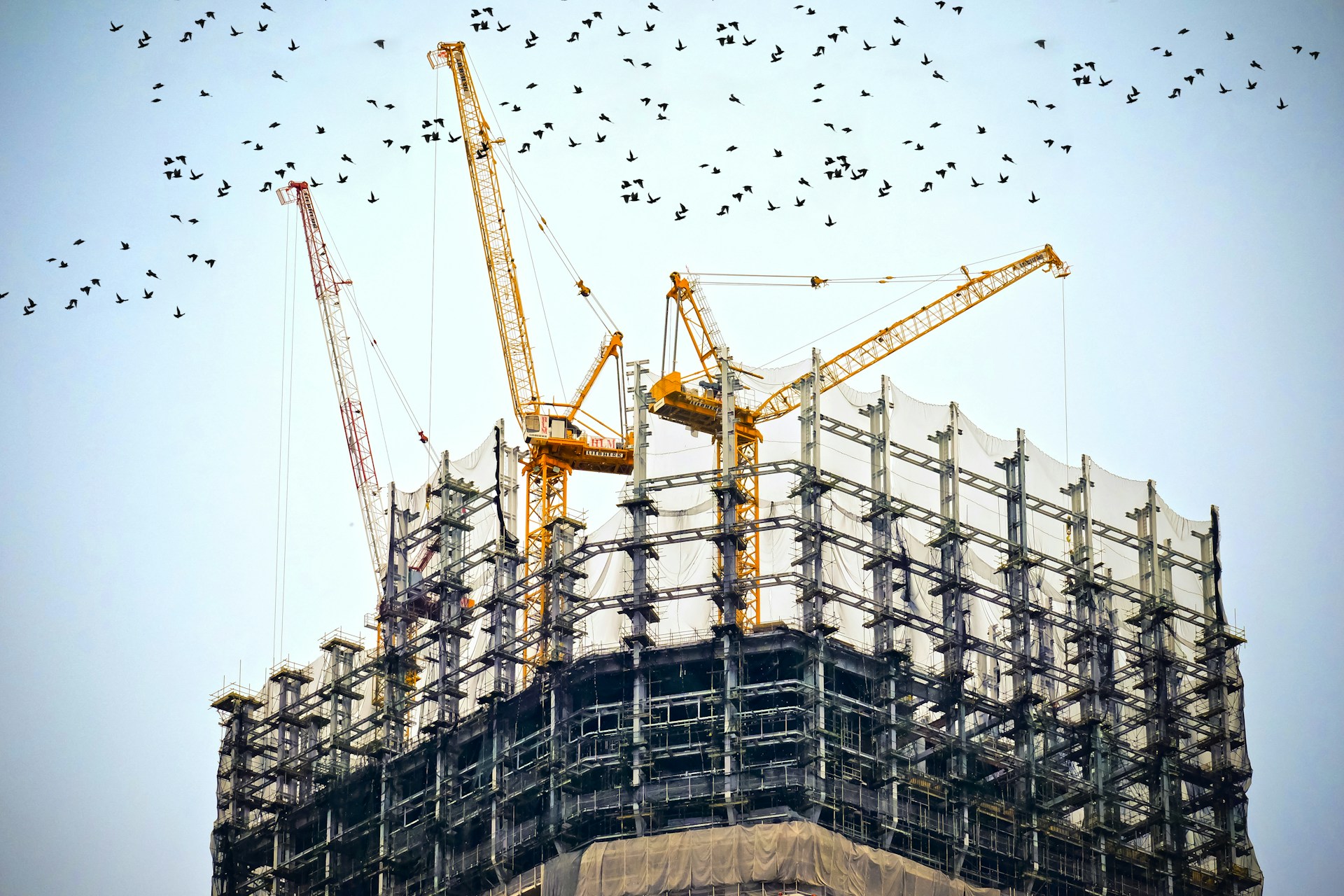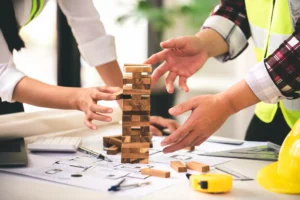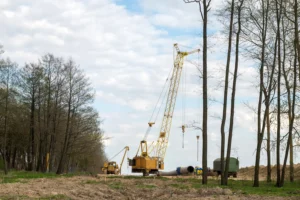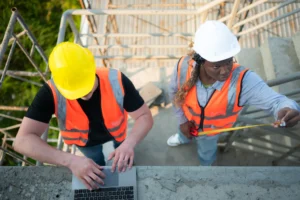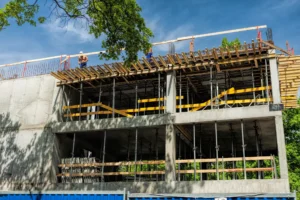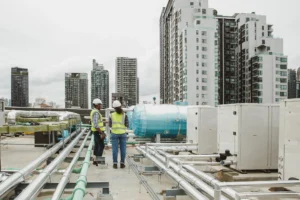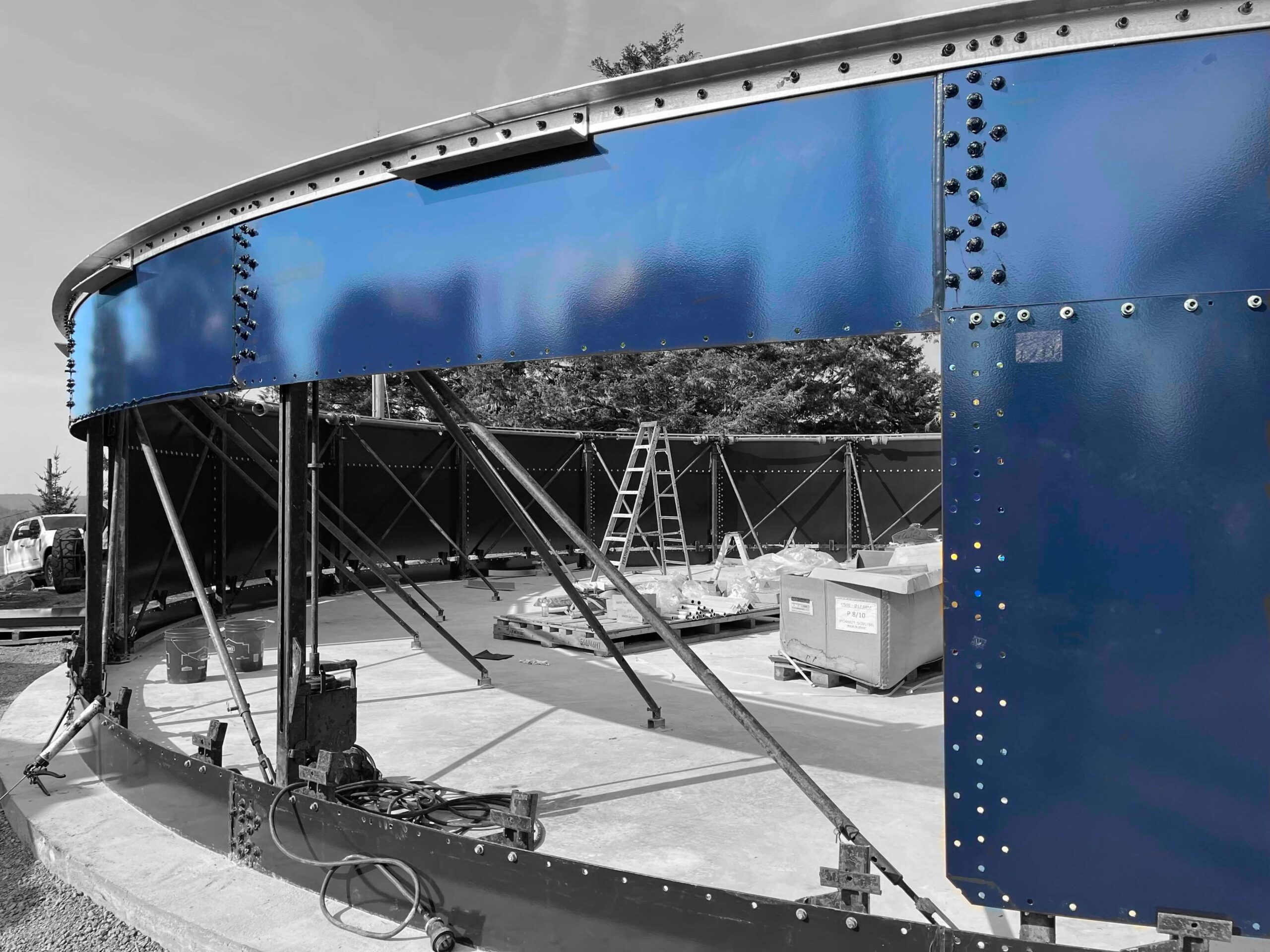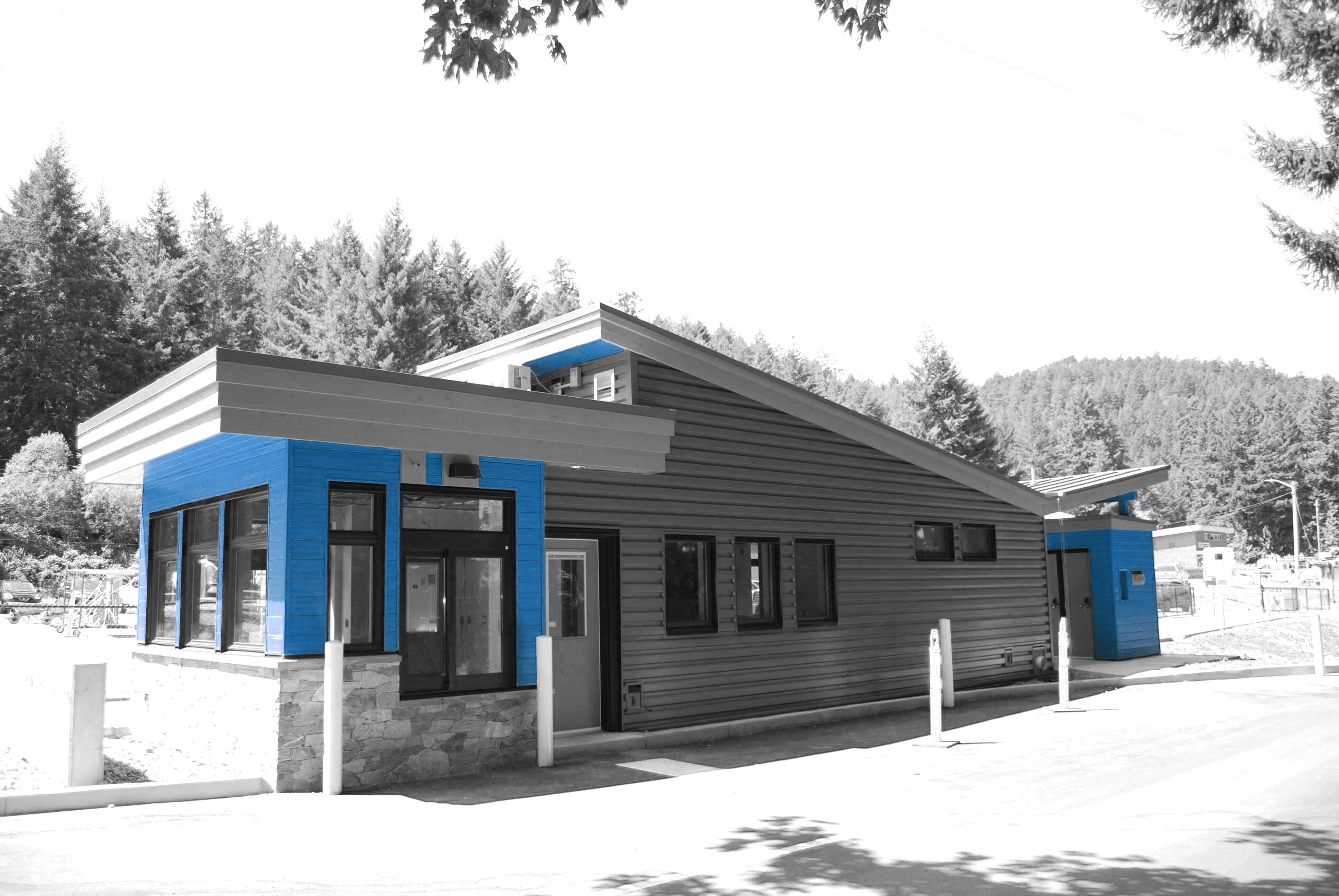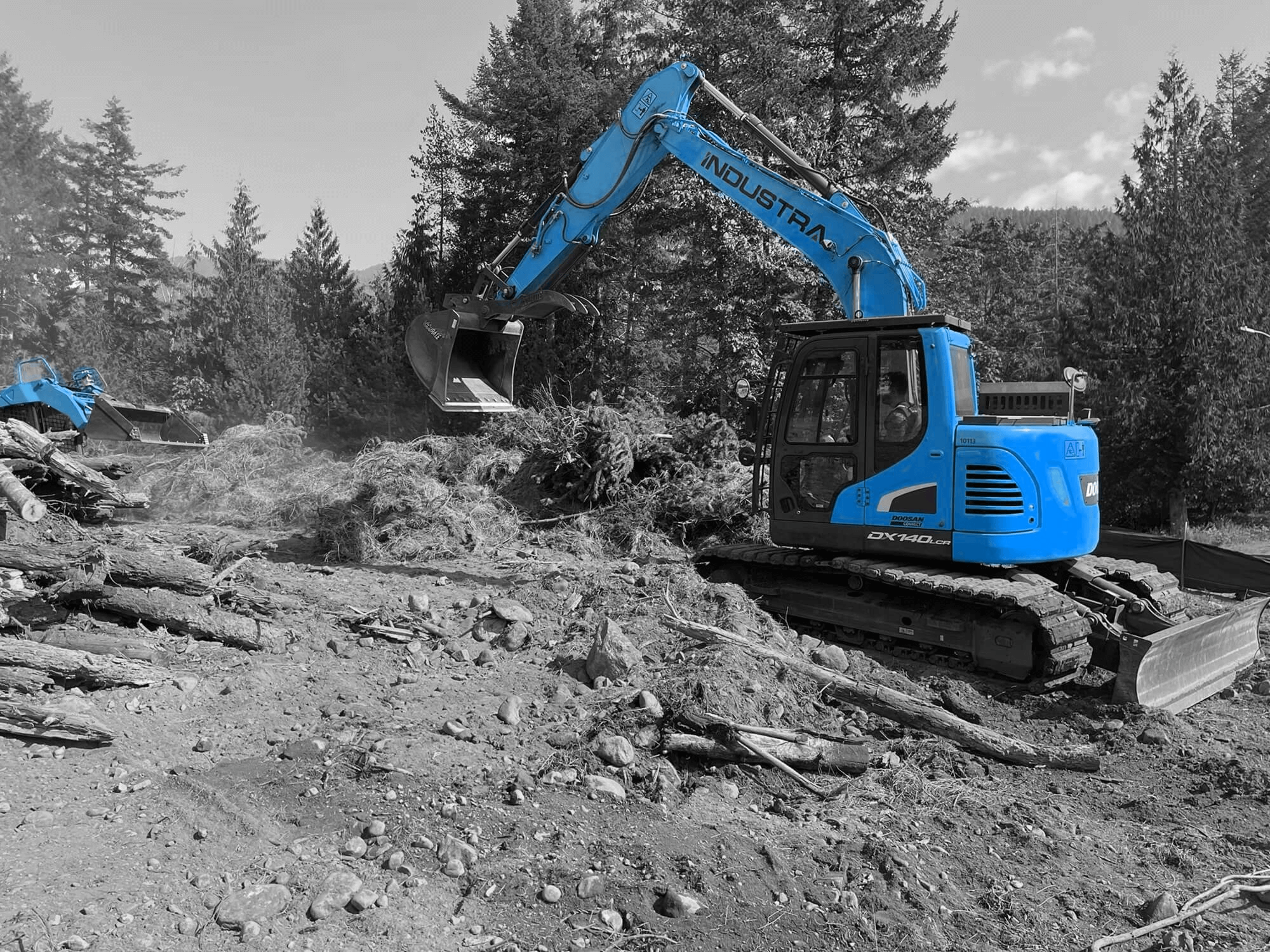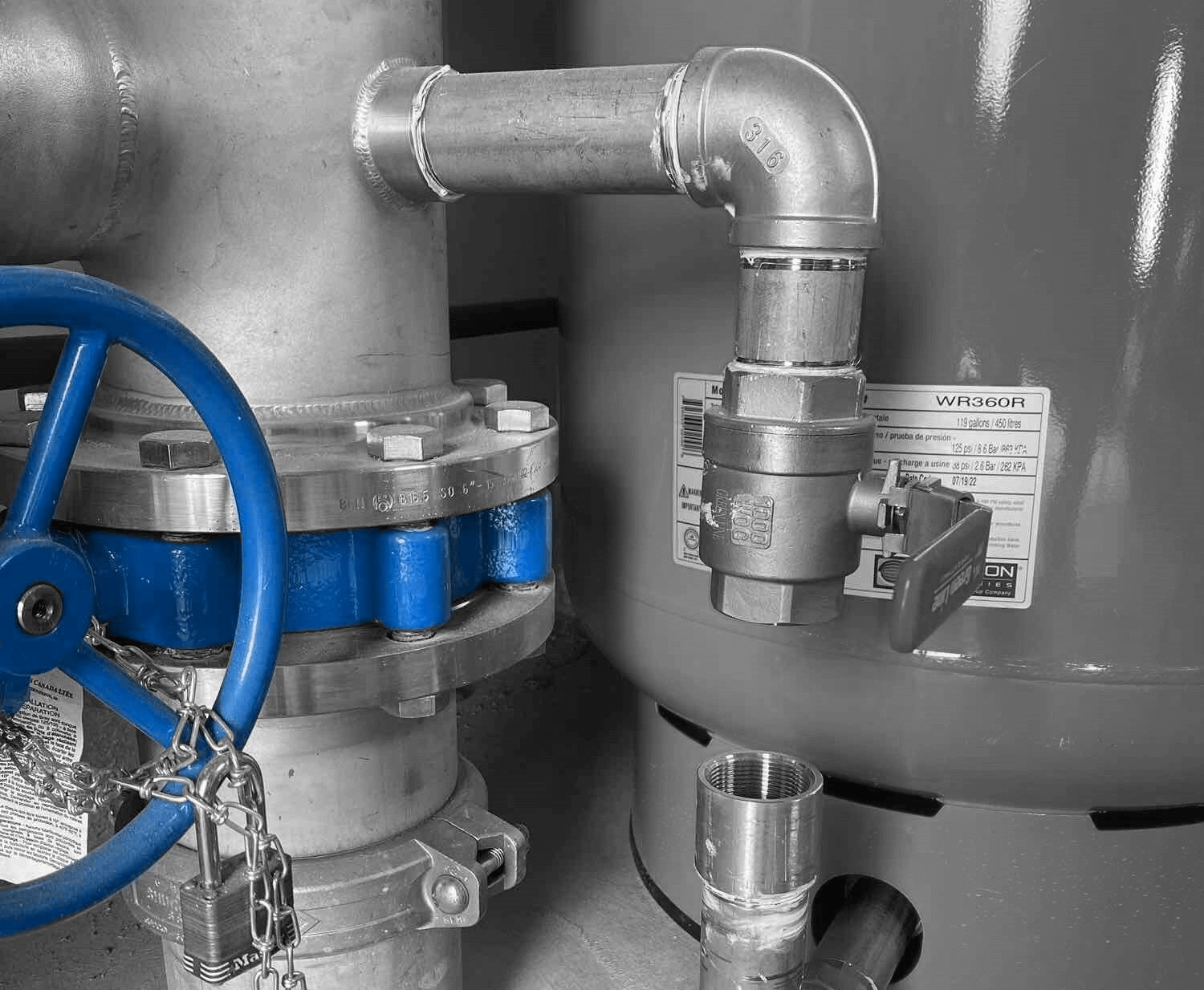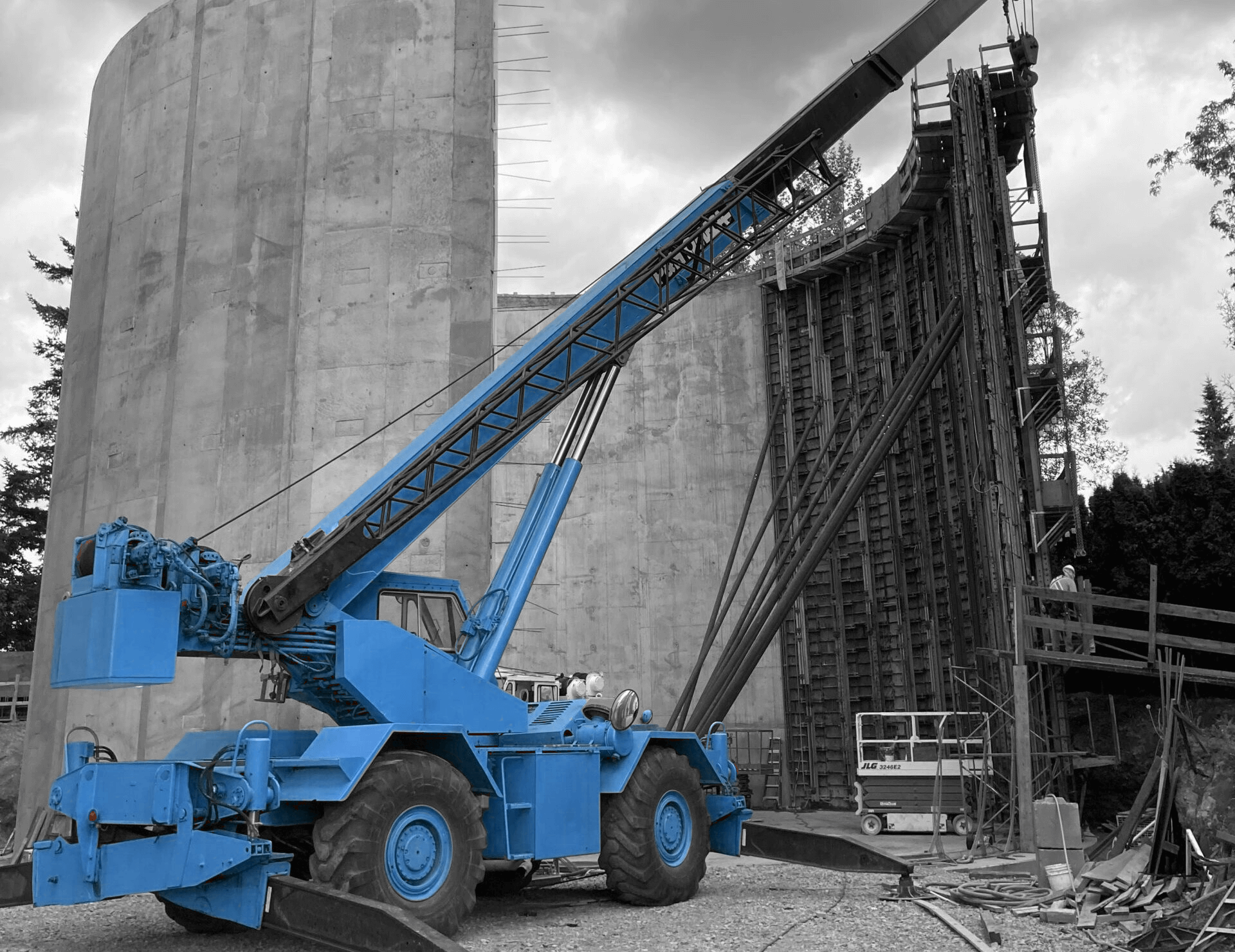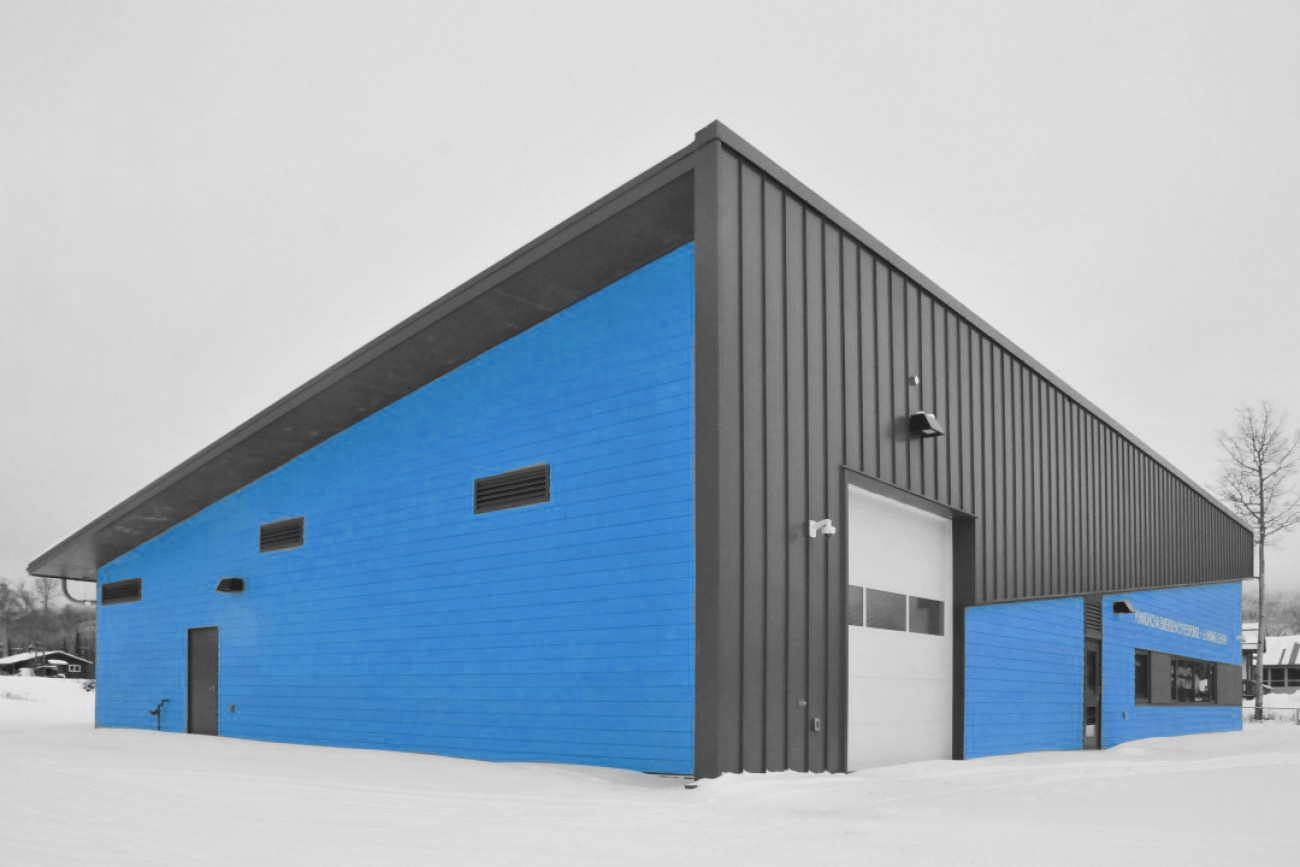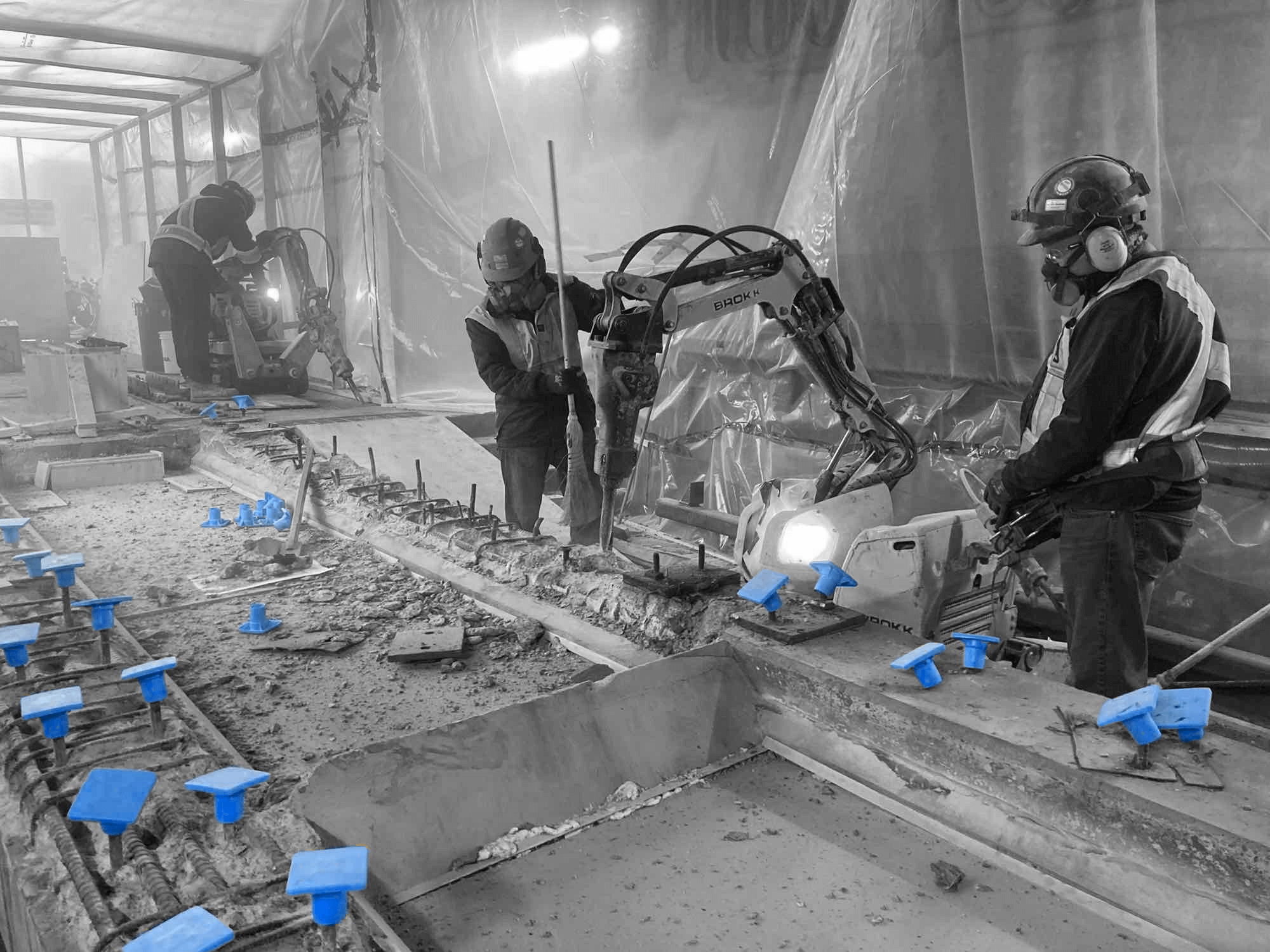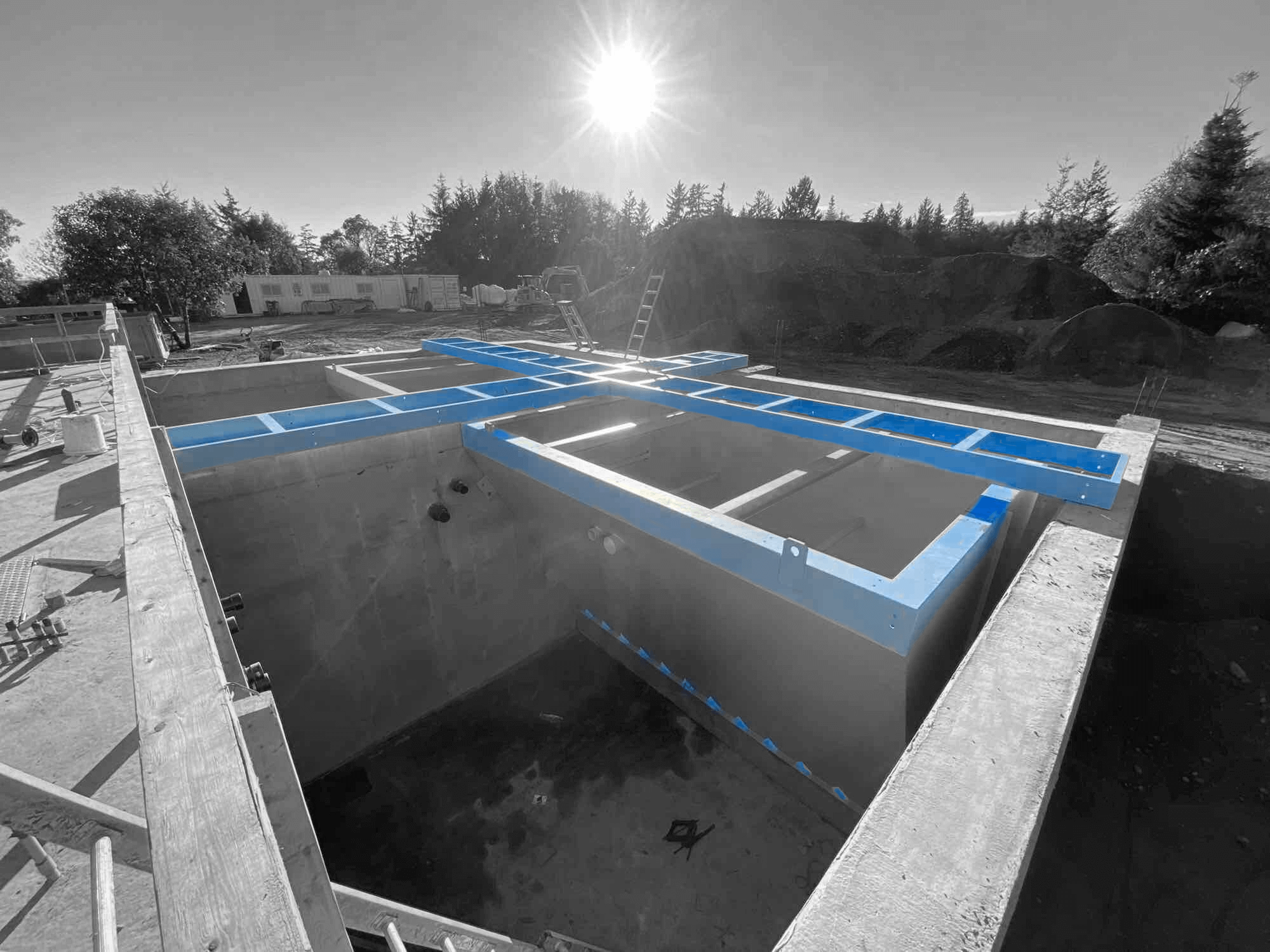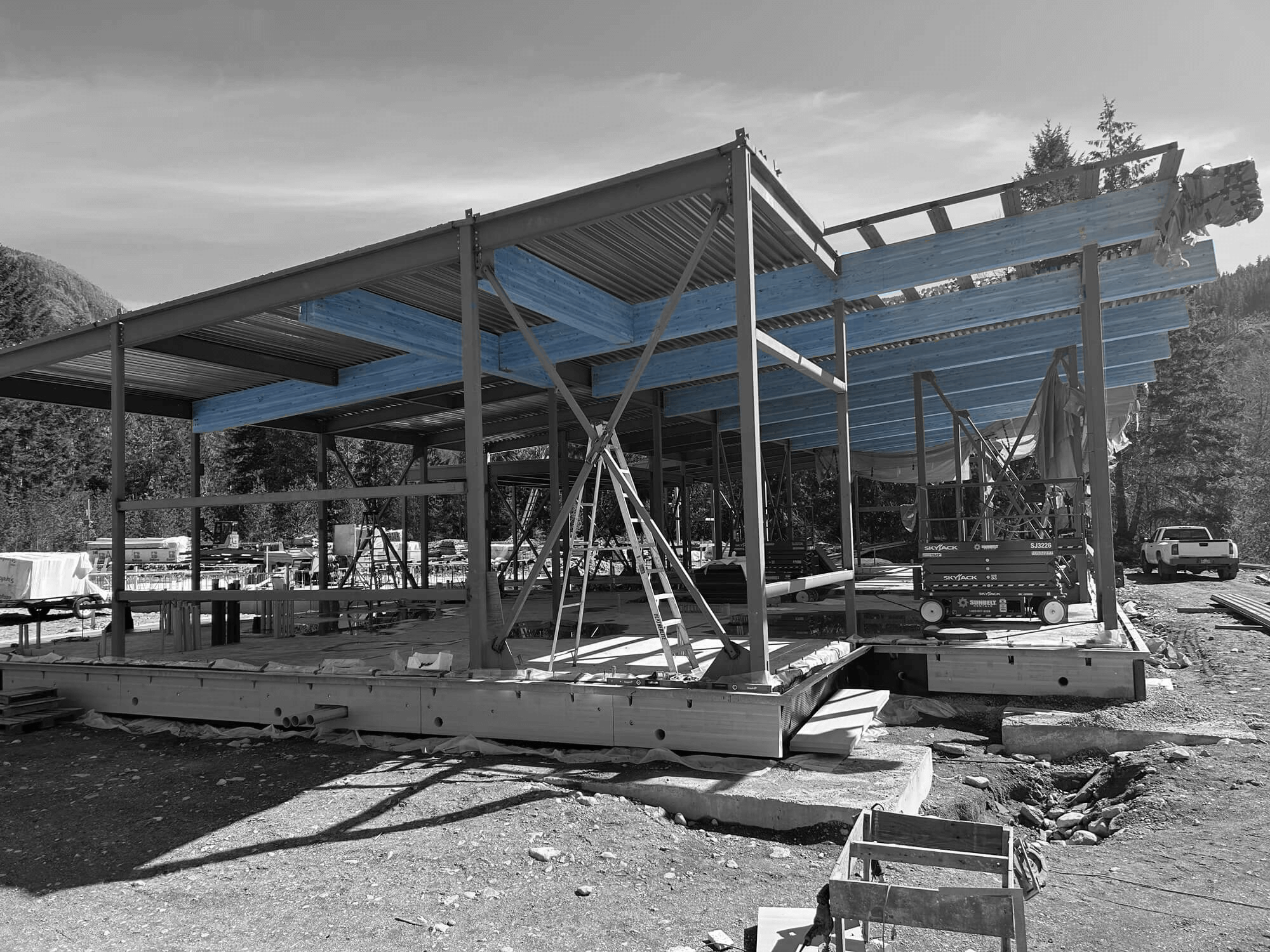Steel buildings have become a popular choice for factories. They offer numerous benefits that make them stand out. They provide a robust and durable structure that can withstand harsh conditions. Steel buildings are also highly versatile, allowing for easy expansion if your factory needs to grow. Their flexibility makes them suitable for various industrial applications.
These qualities make them an excellent choice for anyone looking to build a new factory. Understanding these benefits can help you make informed decisions about your next construction project.
Advantages of Steel Buildings for Factories
Steel buildings offer a range of advantages that make them perfect for factory settings. First, they are incredibly durable. Steel can withstand harsh weather conditions, such as heavy snow, strong winds, and seismic activity. This durability ensures that your factory remains safe and functional over a long period, reducing the need for frequent repairs.
Another significant advantage is cost efficiency. Steel components are often prefabricated, allowing for faster and more straightforward construction. This can lead to substantial savings in both labour and material costs. Also, steel buildings typically require less maintenance than traditional materials like wood or brick, resulting in lower long-term maintenance costs.
Another key advantage is flexibility. Steel buildings can be easily expanded or modified to meet changing needs. Steel structures make adapting easier, whether you need to add more production lines, storage space, or office areas. This flexibility benefits growing businesses, allowing for smooth expansions without significant disruptions.
Lastly, steel is an environmentally friendly option. Most steel used in construction is recyclable, which helps reduce waste. Building with steel also means fewer materials must be sourced from nature, making it a more sustainable choice. By opting for a steel building, you contribute to environmental conservation efforts and enjoy a robust and cost-effective structure.
Key Features of Steel Factory Buildings
Steel factory buildings have several key features that make them ideal choices. One crucial feature is their ability to span large areas without internal columns. This open floor plan is perfect for factory settings where machinery and equipment need wide, unobstructed spaces. The open design also allows for efficient workflow and easy movement within the factory.
Another essential feature is fire resistance. Steel is non-combustible, making it safer than wood or other materials that can catch fire. This fire-resistant property is indispensable to factories, where the fire risk can be higher due to the nature of manufacturing processes. Using steel can help to contain fires and minimize damage, ensuring a safer working environment.
Insulation and energy efficiency are also notable features. Modern steel buildings can be fitted with high-quality insulation materials, which help maintain a stable internal temperature. This is particularly important for factories that must keep production environments at specific temperatures. Good insulation also helps reduce energy costs, making the building more energy-efficient.
Lastly, steel buildings offer a sleek and modern aesthetic. They can be designed to include large windows and skylights, bringing in more natural light. This improves the working environment and reduces the need for artificial lighting, further contributing to energy savings. The clean lines and modern look of steel buildings can also enhance the overall image of your factory, making it appear more professional and up-to-date.
Tips for Planning and Designing Steel Factories
Planning and designing a steel factory requires careful consideration of several factors. The first step is to identify your factory’s specific needs. Think about the types of machinery you will use, the workflow, and the number of employees. This information will help you design a layout that maximizes efficiency and productivity.
Next, it’s crucial to focus on ventilation and natural lighting. Good ventilation is critical to maintaining a healthy work environment, especially in factories where processes may produce fumes or dust. Incorporate windows, skylights, and ventilation systems into your design. These elements help improve air quality and reduce the need for artificial lighting.
Another vital factor is future expansion. Plan your design to allow for easy modifications and extensions. This can save you time and money if you need to grow your factory later. Using pre-engineered metal building systems can make future expansions simpler and more cost-effective.
Lastly, consider the environmental impact of your building. Use energy-efficient materials and technologies to minimize your factory’s carbon footprint. Adding solar panels or green roofs can further enhance energy efficiency and sustainability. These features not only benefit the environment but can also reduce operational costs over time.
Common Challenges and Solutions in Steel Factory Construction
Building a steel factory comes with its own set of challenges. One common issue is dealing with the weather. Steel construction often requires working outside, and stormy weather can delay projects. Planning and scheduling work during favourable weather conditions can help mitigate this issue.
Another challenge is ensuring the stability of the foundation. Steel buildings are heavy, and the ground must be adequately prepared to support the weight. Conducting soil tests and engineering the foundation to accommodate local conditions can prevent settling issues and structural instability.
You may also face regulatory hurdles. Building codes and zoning laws vary by location and can impact your construction plans. Working with professionals who understand local regulations and codes ensures compliance and prevents costly changes down the line.
Another challenge is managing the logistics of material delivery and construction sequencing. Efficient coordination of these elements is essential to avoid delays and cost overruns. Using project management software and having a clear timeline helps keep the project on track.
Conclusion
Steel buildings offer numerous benefits for factories, including durability, cost-efficiency, and environmental sustainability. Their unique features, like open floor plans and fire resistance, make them ideal for industrial settings. By carefully planning and designing your steel factory, you can effectively create a space that meets your current and future needs while addressing common construction challenges.
To learn more about how steel building construction can benefit your factory, reach out to Industra Construction Corp. today. Our team of experts is ready to help you design and build the perfect space for your needs. Contact us now to get started!


